Blackberry Pie Sweater
$ 7.99
View this pattern on Patreon
See all the patterns available on Patreon.
About this Pattern
The Blackberry Pie sweater is worked seamlessly from the top down. The collar begins with a tubular cast on—there's a video tutorial for it—then is worked in ribbing. There are some optional short-rows to raise the back neckline. Stitches are increased every round for the motif section, then the increases shift into the ribbing sections on every other round for the rest of the yoke. The body and sleeve are divided and worked separately. The ribbing on the sides of the body is worked diagonally by increasing at the center and decreasing on the sides as it's worked. I highly recommend using the tubular bind-off at the hem and cuff for a matching look to the collar cast on. There's a video link to that too.
What does this sweater have to do with quantum physics?
Finished Measurements
Chest Circumference: 33½ (36½, 39½, 42¾, 48¾, 51¾, 54¾, 61, 64, 67)" / 85 (92.5, 100.5, 108.5, 124, 131.5, 139, 155, 162.5, 170) cm
Size Shown: 39½" (100.5 cm)
Yarn
Worsted weight (CYCA #4 Medium)
About 1045 (1125 (1235, 1360, 1510, 1670, 1790, 1935, 2065, 2200) yards / 955 (1030, 1130, 1245, 1380, 1530, 1635, 1770, 1890, 2010) meters.
Shown in: Malabrigo Rios (100% superwash Merino wool; 100 gram hank = approx 210 yards [192 meters]):
5 (6, 6, 7, 8, 8, 9, 10, 10, 11) hanks
Color Shown: #043 Plomo
Knitting Needles
Size US 6 / 4 mm: set of 4 or 5 double-pointed (dpns) and 16" / 40 cm circular, or one size smaller than size needed to obtain gauge.
Size US 7 / 4.5 mm: 16" / 40 cm and 32" / 80 cm circulars, or size needed to obtain gauge.
Notions
stitch markers
2 cable needles (cn)
smooth contrasting color waste yarn in the same weight as working yarn
tapestry needle
Gauge
21 sts and 26 rnds = 4" / 10 cm in Stockinette Stitch (and k2, p2 ribbing, stretched after blocking) with larger needle; 24 sts and 26 rnds = 4" / 10 cm in Lattice Patt and 48 sts = 6" / 15 cm in Motif Panel. Take time to save time, check your gauge.
Techniques Used:
• Tubular Cast on (video tutorial link included)
• Cable Cast-on (video tutorial link included)
• Short-Rows
• K2, P2 Ribbing
• Lifted Increases (LLI, RLI, LLPI, RLPI; video links included)
• Decreases (k2tog, p2tog, ssk, ssp)
• Working in the round on small and large circumferences
• Knitting through the back loop
• Cables with 1 and 2 cable needles
• Following cable patterns from charts and/or written instructions
• Optional/Recommended Tubular Bind-Off (tutorial link included)

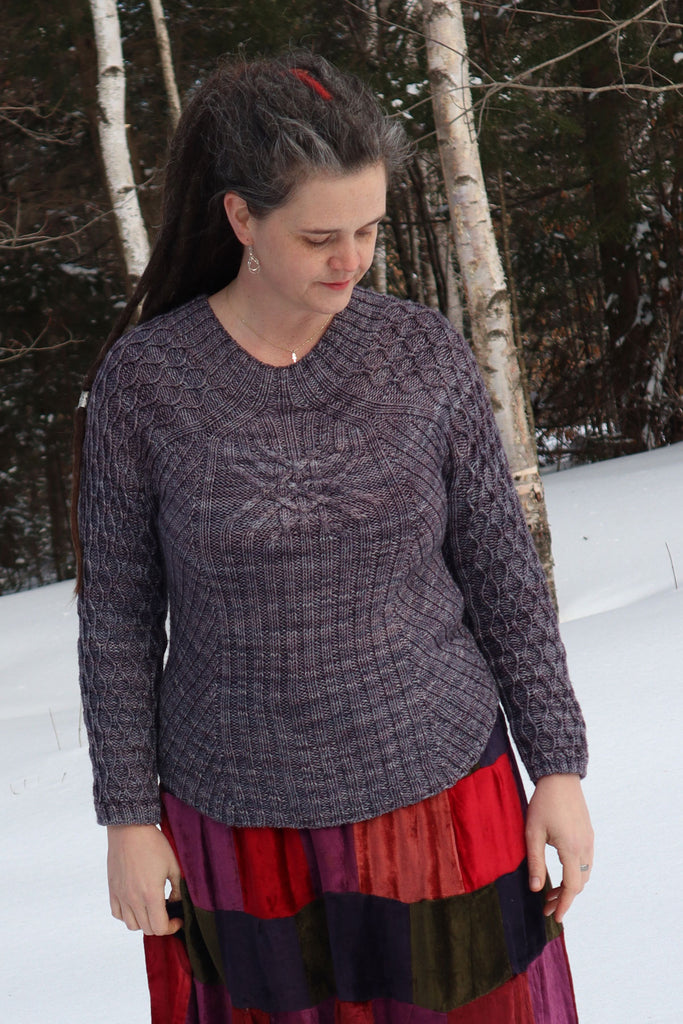

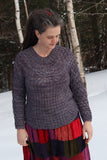

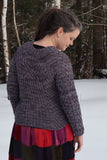

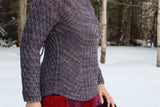
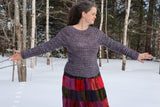
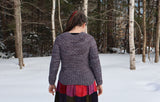

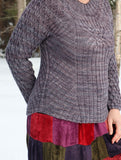




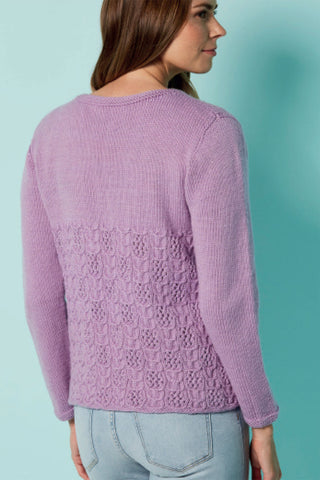

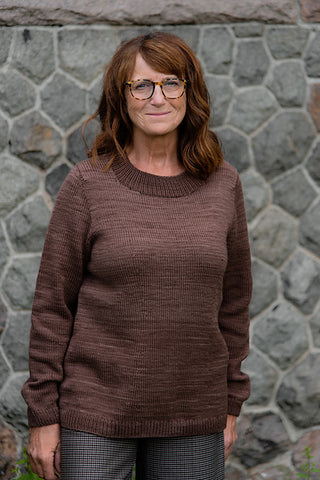
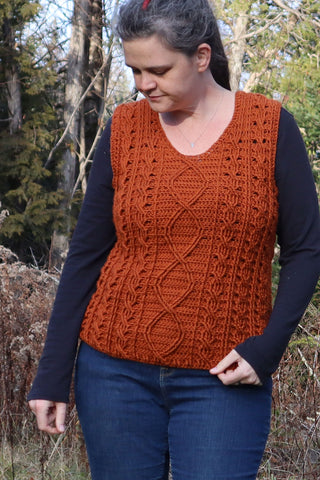


 Nothing will be posted on your behalf.
Nothing will be posted on your behalf.

